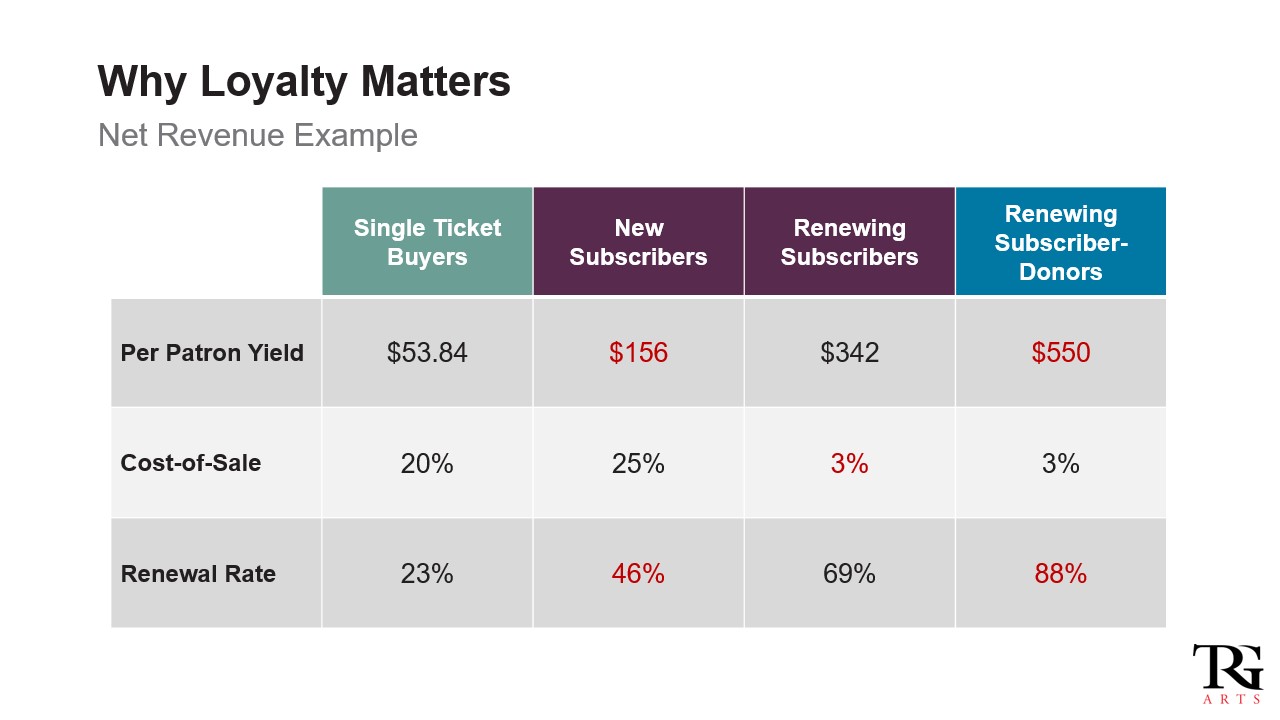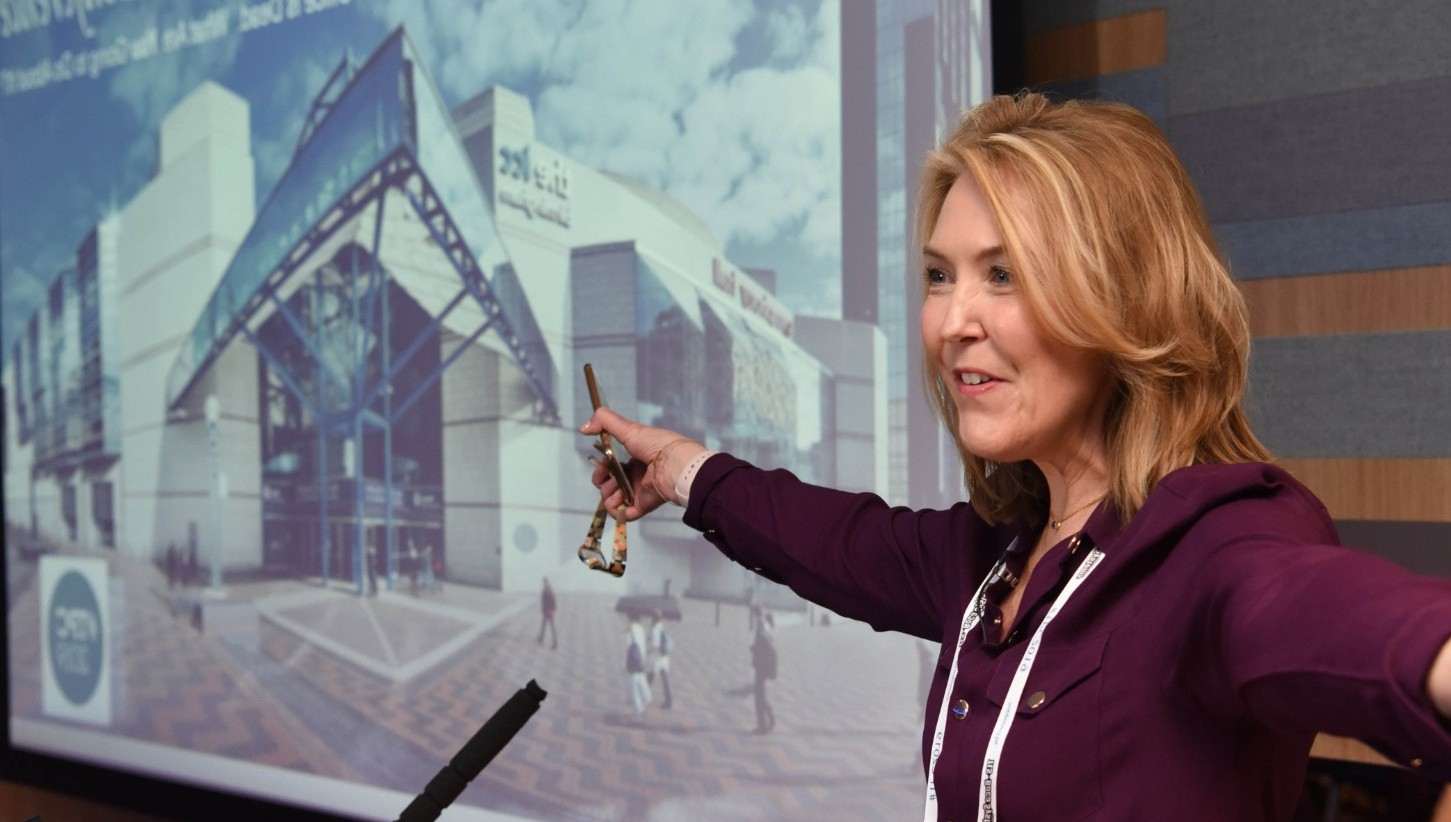“What are Seattle’s biggest theaters banking on to keep them going? Subscriptions.”
–Seattle Times, March 21, 2024
What?
I couldn’t believe it. After decades of reports on the death of the subscription in the arts, including in the pages of The New York Times, the Wall Street Journal, and The Washington Post, to see this headline in a major-market newspaper surprised the heck out of me. And then to read the report…it was sort of thrilling. An excerpt:
“…while the industry analysts of post-pandemic theater recovery keep wondering aloud whether the theater subscription model is dead, actual theater executives say that’s untrue. We talked to the managing directors of three leading subscription-based Seattle-area theaters, who all immediately myth-busted the “subscriptions are dead” theory — and not because it serves them to do so, but because years of experience back it up. Here’s why the decades-old model is still viable, how it’s evolving and why it’s more important than ever.”
What?
TRG Arts has, since its inception, detailed the benefits to the arts and cultural sector of recurring revenue through mechanisms like subscription. Benefits like “sticky patrons”, lower marketing costs, built in audiences for new and innovative work, customer referrals, stronger financials, creation of future donors…the list goes on. To be clear, some variation on these benefits apply to all businesses that invest in recurring revenues, including mine at TRG Arts. And yet: the arts and cultural field, which has benefitted from this marketing packaging for decades, has also rejected it over and over; during the pandemic I heard more than one arts leader proclaim, almost gleefully, “finally…the era of the subscription can be over.”
What?
OK, enough of the “what”. Let’s talk who. Meet Paul Chambers. Paul is the CEO and co-founder of the Subscription Trade Association (yes, there is such a thing!), which hosts the annual subscription marketing conference called the SubSummit, which plays host to the thousands of businesses and merchants in the $2 trillion recurring revenue industry.
Let me repeat that: the $2 TRILLION recurring revenue industry.
I spoke with Paul last week about the subscription model (no surprise, he’s a fan), the arts (maybe a surprise?… he’s a fan), variations on the subscription (memberships, subscription box and more), and his annual SubSummit conference this June in Dallas (where, you, fair arts friend, can apply to be funded/paid to attend).
The conversation was so rich and the application so robust for our sector, I’ve divided the content into three parts, and this is the first.
Part One: the assumption and the introduction
To start, the assumption: investment in and achieving recurring revenues provide exceptional benefits for the % of the arts and cultural sector that relies on income from customers and donors. The benefits include:
At TRG Arts we’ve seen it in our clients’ and aggregated data since the beginning of our firm’s history, and regularly tell the story in this simple table based on a real performing arts organization’s data:
 Our simple case statement is that the larger the proportion of customers in a database that behave like the “Renewing Subscriber-Donors” above, the larger the proportion of customer renewal and recurring revenue at a lower cost.
Our simple case statement is that the larger the proportion of customers in a database that behave like the “Renewing Subscriber-Donors” above, the larger the proportion of customer renewal and recurring revenue at a lower cost.
Paul and I talked about this, and indeed more and more businesses have been built on this model (think Netflix and Amazon Prime and Tesla). But the strength of the recurring revenue math has caught the attention of businesses that believed subscriptions were a thing of the past (The New York Times and Wall Street Journal) or have been forced to adapt to stay competitive (Walmart, Panera, and Microsoft). Paul stated, “I’m not sure the pace at which arts and culture follows business, but arts and culture clearly led business here at one point. It’s just that now, in this ever-changing world, these models and businesses have to evolve regularly and quickly. And when they do, a lot of good things can follow.”
SUBTA (the trade association) categorizes recurring revenue packaging into six groups. Check the boxes of the models that you see being replicated in arts and culture.
In the next two parts of this three-part blog, I’ll report on the meat of my conversation with Paul. We’ll talk the state of the subscription business, best practices in recurring revenue acquisition and retention, and the increasing importance of customer service, package personalization, and micro-targeting by segment and demography (yes, Gen Z’s really ARE different!).
I’ll leave you for now with a really cool story that I believe absolutely, positively could apply to arts and culture and maybe does in your organization…if so, tell me about it here:
Paul told me the story of “the most polite company in the world. They must be,” he said. “…just listen to their name. It’s a company called Vinyl Me, Please”.
He went on to describe, “They’re a vinyl record subscription, but they describe themselves as a membership and community. With your membership you get a new vinyl record shipped to your door, you get special prints, discounts on things in their shop. But the thing I think hits the mark most is the community. The community not only talk to each other about the prints they just received and the exclusives that are coming out, but they also trade. If a member receives a record in their subscription that they didn’t like, they can trade it in the community.
They turn the ‘unhappiness factor’ of not liking a part of the product into a membership benefit. This makes the membership so much bigger than a transaction…they’re part of a community. (The customer is) far more invested. And far less likely to cancel their membership. Vinyl Me Please retention is tremendous.”
Readers, imagine turning arts and culture subscribers and members, our frequent ticket buyers and attendees, into communities that engage with each other to solve problems, create events, share stories. What might a small investment in community-enabling technology do for your recurring revenue and excitement about your organization?
Stay tuned (biweekly) for my next post. I look forward to sharing more belief in recurring revenue programs and the impact.
